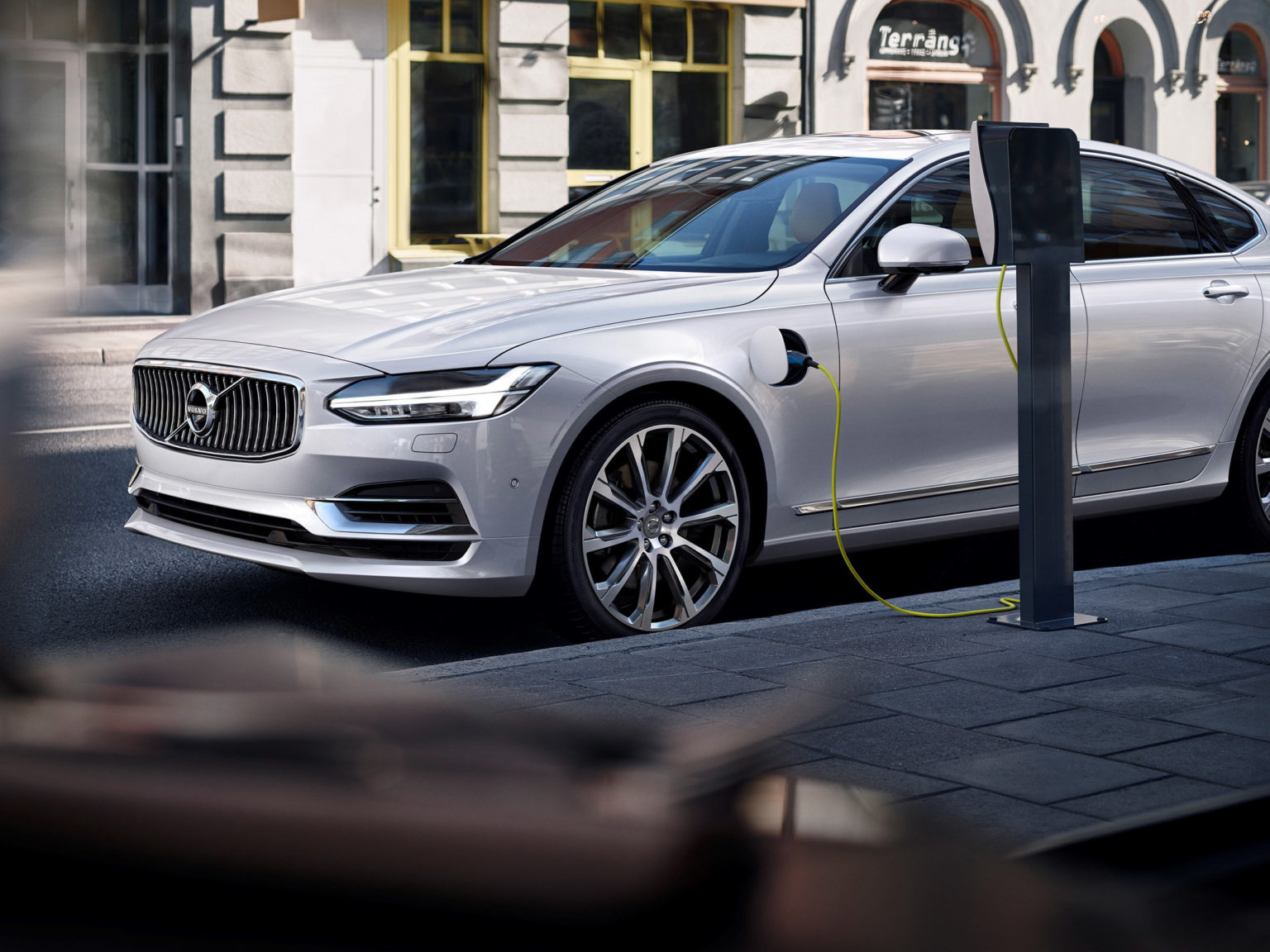Volvo Car Group and Waymo have announced that the tech company has become the “exclusive global L4 partner” for the automaker. The deal applies to Volvo Group’s sub-brands including Volvo Cars, Link & Co., and Polestar.
“Fully autonomous vehicles have the potential to improve road safety to previously unseen levels and to revolutionize the way people live, work and travel,” said Volvo CTO Henrik Green. “Our global partnership with Waymo opens up new and exciting business opportunities.”
Volvo has been testing self-driving capabilities on models in Sweden.Photo courtesy of Volvo Car USA
The “L4” in the agreement refers to Level 4 of the Society of Automotive Engineers self-driving standards. These standards are widely accepted as the measuring stick for advanced driving technologies. Under Level 4 guidelines, vehicles can operate without a driver, but only in a specific geographic location and in certain conditions. This means that you’re more likely to see these self-driving vehicles in Las Vegas, San Diego, or Phoenix than in Detroit, Pittsburgh, or Boston.
Volvo joins FCA, Jaguar Land Rover, and Nissan-Renault in committing to Waymo technology. The company is a subsidiary of Alphabet Inc, the parent company of Google. It’s origins stretch back to 2009. Seven years late the company would split from Google and become its own subsidiary. In 2018 the company launched a self-driving taxi service in Phoenix.
A previous plan for self-driving vehicle technology included Volvo partnering with Uber was scrapped after that company was embroiled in a public relations and technology nightmare when one of its vehicles struck and killed a pedestrian in Phoenix. Uber continues to use Volvo XC90 SUVs to test its automated driving technology.
Volvo has already promised that the next-gen XC90 will have LiDAR sensors that enable it to drive hands-free under certain roadway and location restrictions. Similar technology is already available in Cadillac products (Super Cruise) and Ford has unveiled Active Drive Assist for its Mustang Mach-E and F-150. Tesla’s Autopilot is, despite its name, not a hands-free system.








